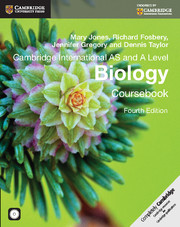- Messages
- 29
- Reaction score
- 8
- Points
- 13
Just a question. Are we allowed to write long words in simplified notations?
Eg. Proximal convoluted tubule as PCT?
for the first time write each word in full followd by the abbreviation in brackets then use the simple word as much as you want


